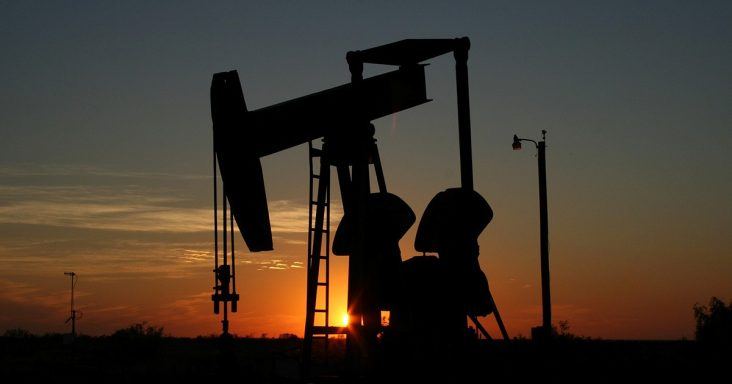China surpasses U.S. as world’s largest crude oil importer
by February 5, 2018 11:28 am 419 views

China imported more crude oil than the United States in 2017, becoming the world’s largest importer of the product, according to the U.S. Energy Information Administration. China imported 8.4 million barrels per day, and the United States imported 7.9 million barrels per day.
In 2013, China became the largest net importer (imports minus exports) of total petroleum and other liquid fuels. The rise in imports is a result of China’s added refinery capacity and strategic inventory stockpiling as domestic oil production falls.
In 2017, 56% of China’s imported of crude oil came from countries within the Organization of the Petroleum Exporting Countries (OPEC), down from a peak of 67% in 2012. Between 2012 and 2017, Russia and Brazil increased their market shares of Chinese imports to 14%, from 9%, and to 5%, from 2%, respectively.
In 2016, Russia became China’s largest source of foreign crude oil, surpassing Saudi Arabia. In 2017, Russia exported 1.2 million barrels per day in China, compared to Saudi Arabia’s 1 million barrels per day. OPEC and non-OPEC countries, including Russia, agreed to decrease crude oil production through 2018, allowing other countries to increase their market shares in China in 2017.
In 2017, total liquids production in China declined 2% to 4.8 million barrels per day, from 2016. Production is expected to continue to fall in 2018 and 2019, and imports are expected to rise over the next two years. Meanwhile, China had the world’s largest rise in the amount of petroleum and other liquid fuels it consumed for the ninth consecutive year in 2017, rising 3% to 13.2 million barrels per day. As China has added to its petroleum reserves, imports have increased faster than domestic consumption.
In 2015, China removed restrictions on imports and exports and allowed independent refineries in northeast China to import crude oil, leading the refineries to increase operations and imports. As a result of two refinery expansions in the second half of 2017, refinery runs in China increased by nearly 500,000 barrels per day to 11.4 million barrels per day. In Janurary 2018, China and Russia started to operate an expansion of the East Siberia-Pacific Ocean pipeline, doubling its capacity to about 600,000 barrels per day. Through the end of 2019, as much as 1.4 million barrels per day of refinery capacity is expected to open.
